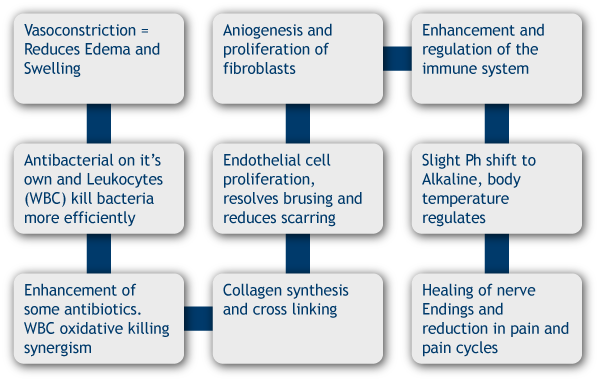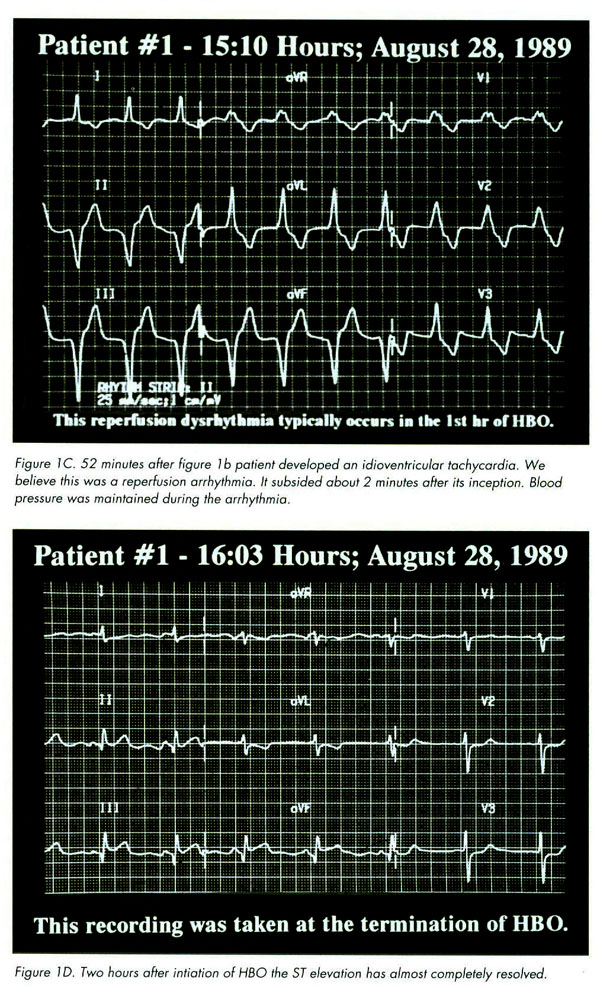HBOT & Cardiology

Conditions Benefitted
- Heart Attack, Myocardial Ischemia
- Aid to cardiac surgery and rehabilitation
How will YOUR patient benefit?
Mitochondiral respiratory rate is an essential component of myocardial function because it influences production of adenosine triphosphate during oxidative phosphorylation. This process requires oxygen tension, as provided by HBOT. Bondarenko et al (1981) studied the influence of HBO on certain indices of tissue metabolism in patients with acute cardiac insufficiencies. They found that the metabolic effects of HBO in patients with acute cardiac insufficiency are not secondary to changes of systemic circulation, but precede them due to direct action of hyperoxia on metabolic processes in the peripheral tissues. Moreover, improvement of regional blood flow and metabolism of peripheral tissues by HBO also exerts a beneficial effect on the systemic circulation thus breaking the vicious circle: Many patients, when following closely the prescribed protocol for Hyperbaric Oxygen Therapy notice the following cumulative benefits from the oxygen:
Circulatory hypoxia | Myocardial hypoxia | Circulatory hypoxia
The above findings are confirmed by a decrease of both lactate level and metabolic acidosis, with an unchanged cardiac output. Further improvement in the hemodynamics of these patients is conditioned by a mechanism of compensation, including myocardial hypofunction, with removal of peripheral oxygen debt.
 "Figure 1A, Figure 1B, Figure 1C, Figure 1D" Hyperbaric medicine practice, pg 1044
HBOT in acute myocardial infarction
"Figure 1A, Figure 1B, Figure 1C, Figure 1D" Hyperbaric medicine practice, pg 1044
HBOT in acute myocardial infarction
Click on the link below to see what conditions related to your medical field are treatable with Hyperbarics. View Conditions Contact